
Top 10 JavaScript Frameworks of 2024 : A Comprehensive Guide
In the ever-evolving world of web development, staying abreast of the latest technologies and trends is paramount. JavaScript frameworks continue to play a pivotal role in shaping the way developers build modern web applications. In this comprehensive guide, we’ll delve into the top 10 JavaScript frameworks of 2024, exploring their features, advantages, and use cases. Whether you’re a seasoned developer looking to expand your toolkit or a newcomer eager to dive into the world of web development, this guide will equip you with the knowledge to navigate the JavaScript framework landscape with confidence.
What is a JavaScript Framework?
JavaScript frameworks are collections of pre-written code libraries designed to streamline the development process by providing reusable components and structures. These frameworks abstract away common tasks and boilerplate code, allowing developers to focus on building the core functionality of their applications. By leveraging the features offered by a framework, developers can expedite development, enhance code maintainability, and build feature-rich web applications more efficiently.
Why Do Developers Love JavaScript Frameworks?
Very much like a foodie cherishes their food, a wellness freak loves going to the rec center, a voyager loves investigating new spots, and a customer loves shopping (indeed, discussing me) – the local area of engineers loves using new JavaScript systems.
Asking why?
Since it is suitably developed with model/view detachment, dissimilar to some other programming language, in web programming, JavaScript system conveys commonality and solace of Article Arranged Programming thoughts. It gives pages a ton of dynamic capacity, making them more natural and intuitive.
Transform your Application Thought into a Beneficial Business with JavaScript Improvement
Counsel JavaScript Specialists
From start to the end, creating web applications and sites might time-consume. JavaScript engineers, consequently, use online systems, or all the more exactly, JavaScript structures, that give the benefit that most sites and web applications share a bunch of properties practically speaking. Pre-composed JavaScript codes that create standard programming highlights are delivered by JavaScript structures, which makes the general advancement process significantly more reasonable.
We should now advance toward the essence of our article and find out about the absolute best and most famous JavaScript structures.
The allure of JavaScript frameworks lies in their ability to offer a myriad of benefits to developers:
- Efficiency: Frameworks automate repetitive tasks, saving developers time and effort.
- Consistency: They promote consistent coding practices, making code easier to maintain and debug.
- Productivity: By providing pre-built components and structures, frameworks accelerate the development process.
- Community Support: Popular frameworks boast large and active communities, offering resources, tutorials, and support to developers.
- Scalability: Frameworks are designed to scale with the size and complexity of applications, accommodating projects of varying scopes and requirements.
List of Top 10 JavaScript Frameworks for 2024:
React.js:
- Description: React.js, developed by Facebook, is a declarative and efficient JavaScript library for building user interfaces.
- Advantages: Known for its component-based architecture, virtual DOM, and extensive ecosystem of third-party libraries.
- Use Cases: Ideal for building interactive web applications, single-page applications (SPAs), and mobile apps.
- React.js Features:
- JSX (JavaScript Sentence structure Augmentation)
- Superior execution
- Investigating
- One-way information restricting
- Part based
- Virtual DOM (Archive Article Model)
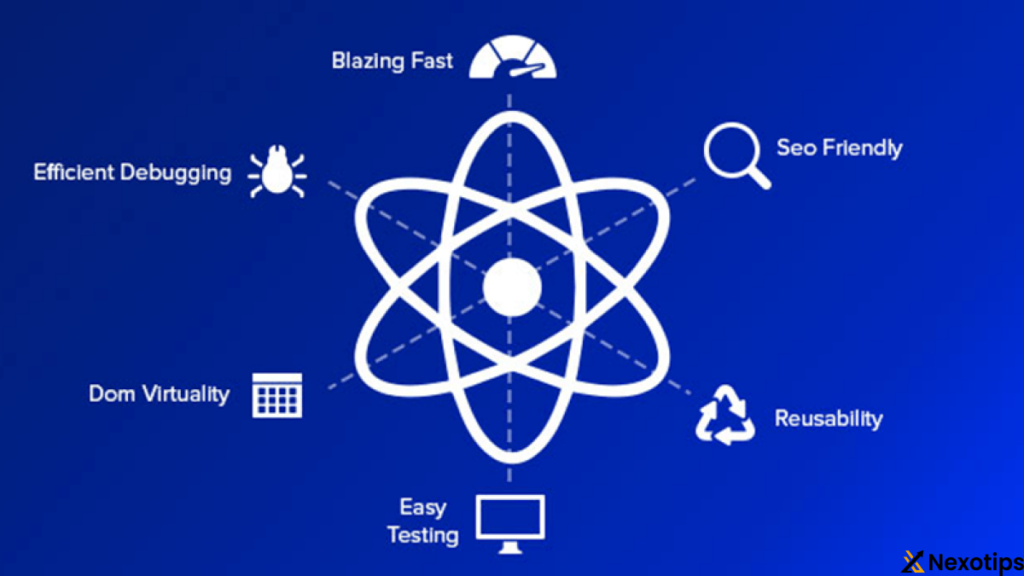
TezJS:
- Description: TezJS is an open-source JavaScript framework renowned for its scalability, speed, and simplicity.
- Advantages: Offers zero-learning curve, progressive bootstrapping, and support for headless CMS.
- Use Cases: Suitable for developing Jamstack websites, progressive web apps (PWAs), and static websites.
- TezJS Features:
- Content Apathetic Stacking
- Stacking Pictures with Administration Laborers
- Moderate Bootstrapping
- PRPL Example
- Programmed and Course based Code Parting
- Support for headless CMS
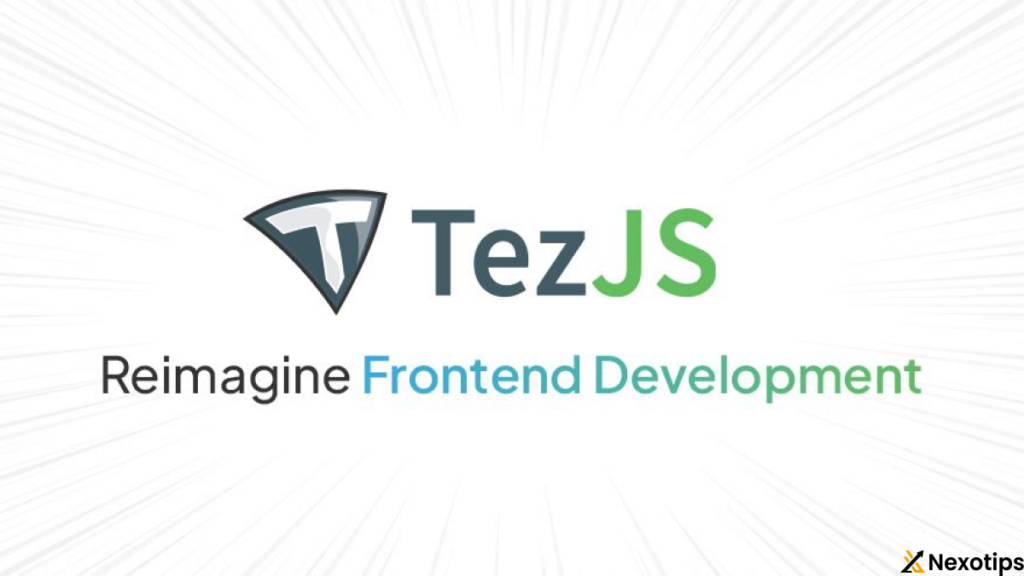
Vue.js:
- Description: Vue.js is a versatile JavaScript framework known for its simplicity and ease of learning.
- Advantages: Features HTML-based templates, CSS transitions, and a reactive two-way data binding mechanism.
- Use Cases: Suitable for building both small-scale projects and large-scale applications, including SPAs and PWAs.
- Vue.js Features:
- Less mind boggling
- HTML-based layouts
- CSS (Flowing Template) changes and livelinesss
- Information restricting
- Virtual DOM
- Better versatility
- Vue CLI
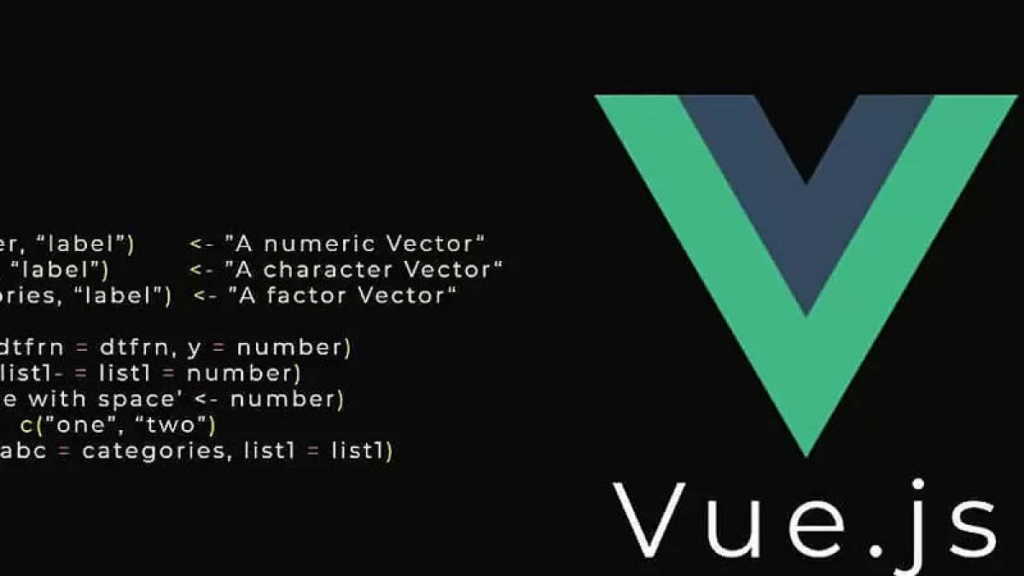
Aurelia.js:
- Description: Aurelia.js is a modern UI framework designed for building scalable and maintainable web and mobile applications.
- Advantages: Aurelia.js prioritizes simplicity, extensibility, and adherence to web standards, offering clean documentation, multiple language support, and a lightweight core.
- Use Cases: Ideal for developing enterprise-grade applications, interactive dashboards, and cross-platform mobile apps requiring high performance and minimal boilerplate code.
- Aurelia.js Features:
- Clean documentation
- Numerous language support
- Authorized under the MIT permit
- Extensibility
- Business support
- Parts

Meteor.js:
- Description: Meteor.js is an isomorphic JavaScript framework that enables full-stack development with a single language, offering seamless integration between client-side and server-side code.
- Advantages: Meteor.js facilitates rapid development with its real-time data synchronization, smart packages, and full-stack solution, eliminating the need for separate backend and frontend frameworks.
- Use Cases: Meteor.js is well-suited for developing collaborative applications, social networks, and real-time web applications requiring instant updates and seamless user experiences.
- Meteor.js Features:
- Single language improvement
- Savvy Bundles
- Constant web applications
- Full-stack arrangement
- Information base incorporation
- Improvement environment
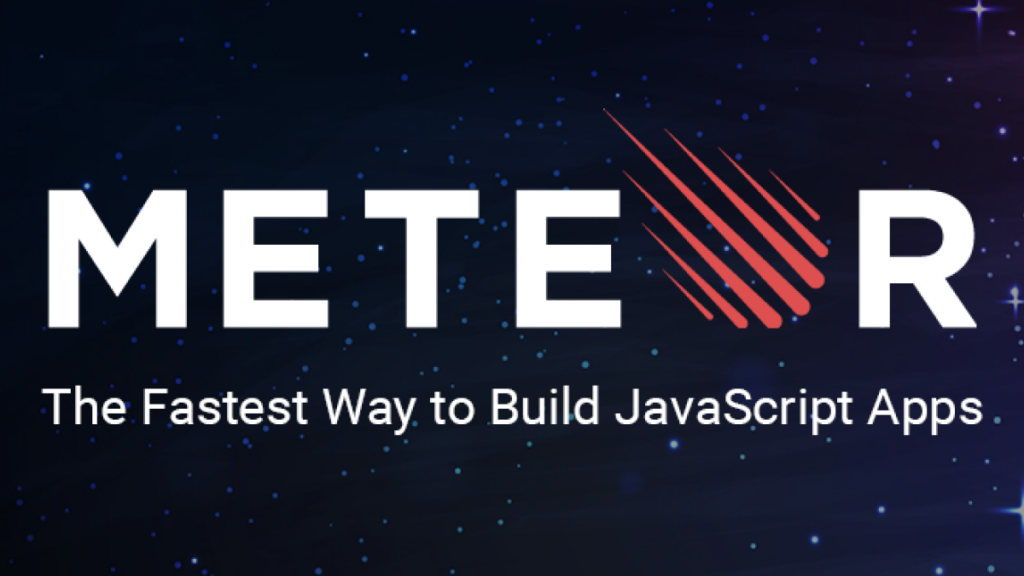
Polymer.js:
- Description: Polymer.js, introduced by Google, simplifies web development by providing reusable web components and leveraging modern web standards like Web Components.
- Advantages: Polymer.js promotes modularity, reusability, and interoperability with native browser technologies, allowing developers to create custom elements and build scalable web applications.
- Use Cases: Polymer.js is ideal for building responsive web applications, progressive web apps (PWAs), and mobile-friendly interfaces with its support for gesture events and native browser features.
- Polymer.js Features:
- Highlights polyfills
- Reasonable for portable application advancement
- Better reusability
- Better adaptability
- Make and reuse components
- Use local program advances
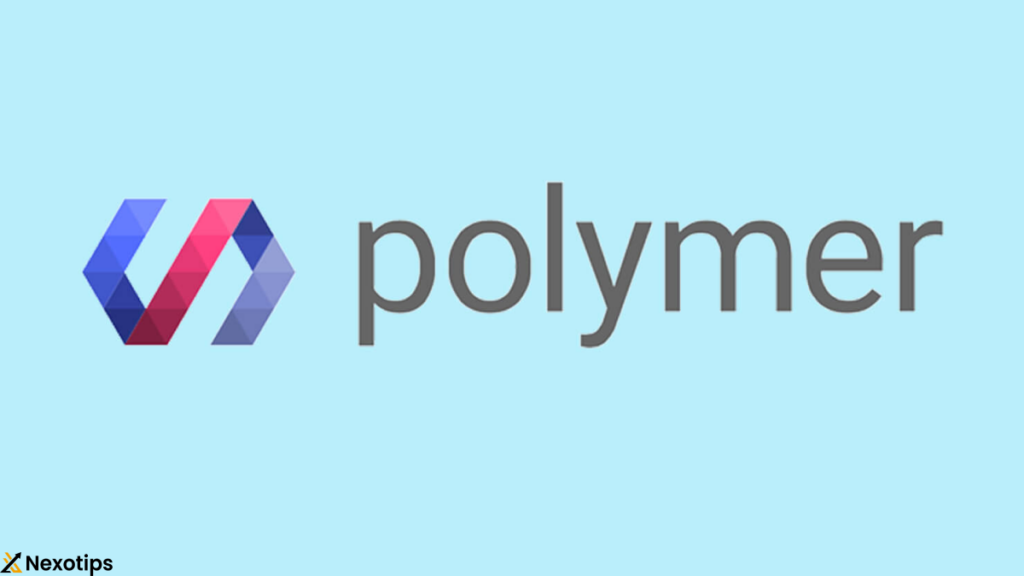
Backbone.js:
- Description: Backbone.js is a lightweight MVC framework that provides structure to JavaScript applications by organizing code into models, views, and collections.
- Advantages: Backbone.js emphasizes simplicity, flexibility, and modularity, enabling developers to create scalable and maintainable applications with minimal overhead.
- Use Cases: Backbone.js is commonly used for building single-page applications (SPAs), client-side web applications, and data-driven interfaces requiring efficient data binding and event handling.
- Backbone.js Features:
- Helpful in nature
- A few expansions
- Organized improvement
- Simple to-utilize library
- Conditions
- Little and lightweight

Angular.js:
- Description: Angular.js, maintained by Google, is a powerful frontend framework for building dynamic web applications with HTML, CSS, and JavaScript.
- Advantages: Angular.js facilitates rapid development with its declarative syntax, two-way data binding, and dependency injection, enabling developers to create complex applications with ease.
- Use Cases: Angular.js is suitable for developing enterprise-grade applications, large-scale web platforms, and interactive dashboards requiring high performance and maintainability.
- Angular.js Features:
- Information restricting
- Reliance infusion
- Various orders
- Movement
- Moderate web applications
- Code age
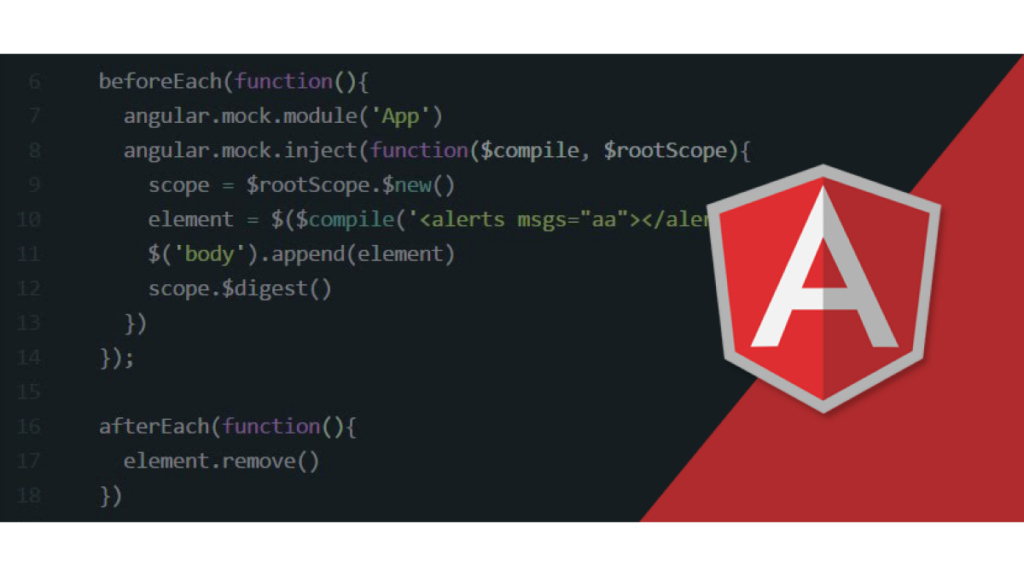
Ember.js:
- Description: Ember.js is an opinionated MVC framework for building ambitious web applications with a focus on productivity, scalability, and developer experience.
- Advantages: Ember.js streamlines development with its convention over configuration approach, powerful routing system, and built-in debugging tools, enhancing developer productivity and code maintainability.
- Use Cases: Ember.js is preferred for developing complex frontend applications, content management systems (CMS), and interactive web interfaces requiring rich features and real-time updates.
- Ember.js Features:
- Reusable and viable JavaScript web applications
- Occurrence initializers
- Courses as center elements
- Ash assessor apparatus
- Uses layouts
- Ash CLI (order line utility)
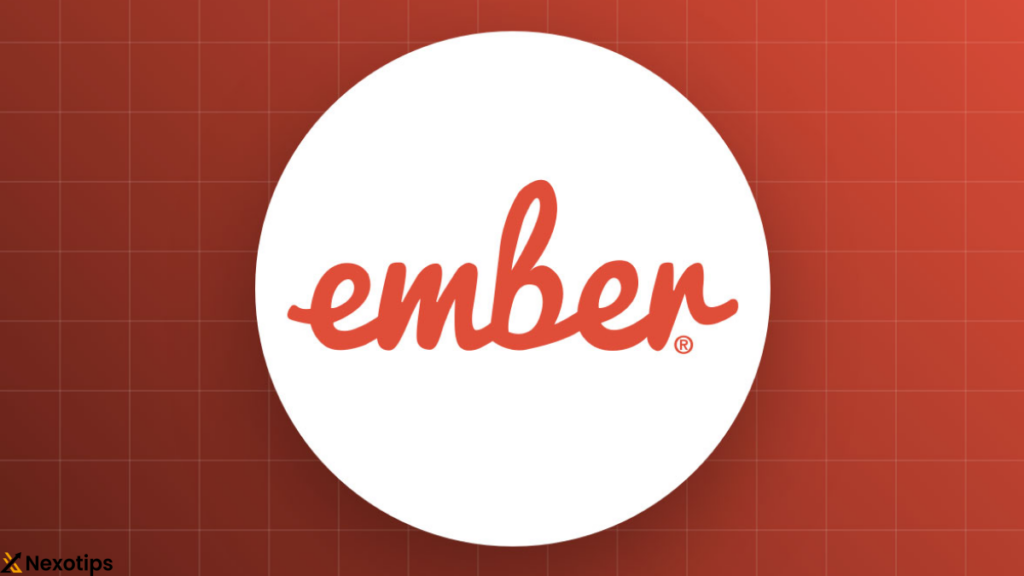
Svelte:
- Description: Svelte is a compiler-based framework that shifts the burden of computation from the browser to the build step, resulting in smaller, faster, and more efficient web applications.
- Advantages: Svelte offers excellent performance, simplicity, and SEO-friendliness, generating highly optimized JavaScript code and enabling developers to build lightweight and responsive interfaces.
- Use Cases: Svelte is well-suited for building data-intensive applications, real-time dashboards, and interactive components requiring minimal overhead and maximum efficiency.
- Svelte Features:
- Lightweight
- Straightforward parts
- Underlying availability
- Succinct code
- Programmed commodity of parts
- Really responsive
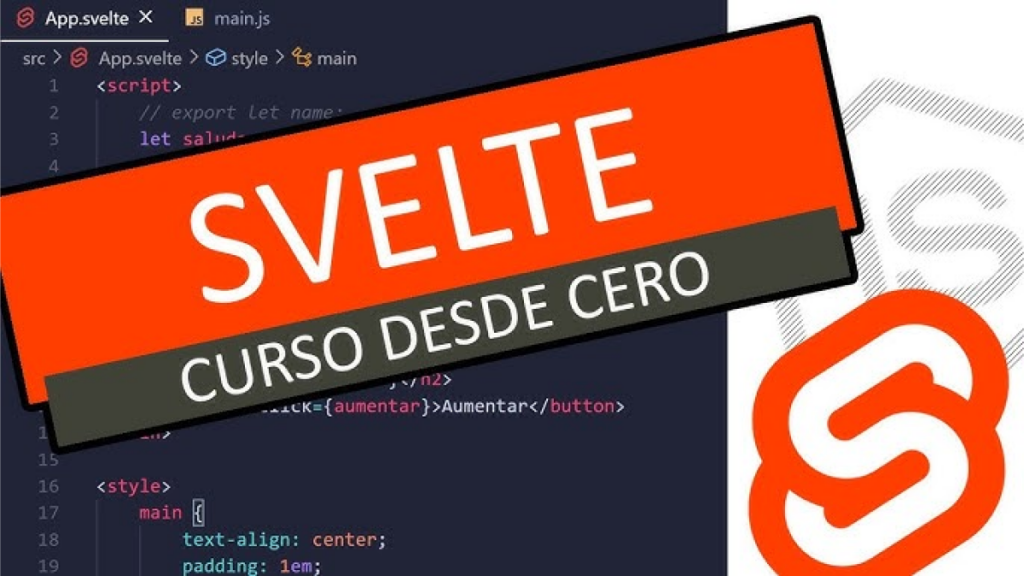
Additional Insights:
- Performance Comparison: Consider benchmarking each framework’s performance metrics, such as rendering speed, memory usage, and load times, to determine the best fit for your project’s performance requirements.
- Developer Satisfaction: Explore developer feedback, reviews, and community forums to gauge user satisfaction and identify any pain points or limitations associated with each framework.
- Future Trends: Stay informed about emerging trends, updates, and advancements in JavaScript development to anticipate future changes and ensure long-term compatibility and scalability of your chosen framework.
By thoroughly evaluating the features, advantages, use cases, and additional insights of each JavaScript framework, developers can make informed decisions that align with their project requirements, development preferences, and long-term goals.
How to Choose the Best JS Framework?
Selecting the right JavaScript framework involves considering factors such as project requirements, developer experience, community support, documentation, and long-term support. Consulting with experts or reputable companies like Radixweb can help in making informed decisions tailored to specific project needs.
Key Considerations for Choosing a JavaScript Framework:
- Project Requirements: Consider the specific needs and goals of your project, such as scalability, performance, and developer experience.
- Community Support: Evaluate the size and activity of the framework’s community to ensure access to resources, updates, and support.
- Ecosystem: Assess the availability of third-party libraries, tools, and integrations that can enhance the development process and extend the framework’s capabilities.
- Learning Curve: Factor in the ease of learning and adopting the framework, especially if you’re working with a team of developers with varying skill levels.
- Long-Term Viability: Look for frameworks with active development and a track record of longevity to ensure continued support and compatibility in the future.
Conclusion:
JavaScript frameworks continue to revolutionize the way developers build web applications, offering a plethora of features and benefits to streamline the development process. By understanding the top frameworks of 2024 and their respective strengths, developers can make informed decisions when selecting the best framework for their projects. Whether it’s React.js for its declarative approach, TezJS for its scalability, or Vue.js for its simplicity, there’s a framework to suit every project requirement and development style. Armed with this knowledge, developers can embark on their web development journey with confidence, knowing they have the tools and resources to build innovative and scalable web applications.
With a diverse array of JavaScript frameworks available in 2024, developers have an abundance of options to choose from when embarking on new projects. Whether you prioritize performance, simplicity, or flexibility, there’s a framework tailored to meet your needs and preferences. By carefully evaluating the features, advantages, and use cases of the top frameworks, developers can make informed decisions that empower them to build innovative, scalable, and maintainable web applications for years to come.
Call to Action:
Ready to explore the world of JavaScript frameworks and take your web development skills to the next level? Dive into the top 10 frameworks of 2024 and discover which one is the perfect fit for your next project. Whether you’re building a simple website, a complex web application, or a cutting-edge progressive web app, there’s a framework waiting to help bring your vision to life. Let’s embark on this journey together and shape the future of web development.
